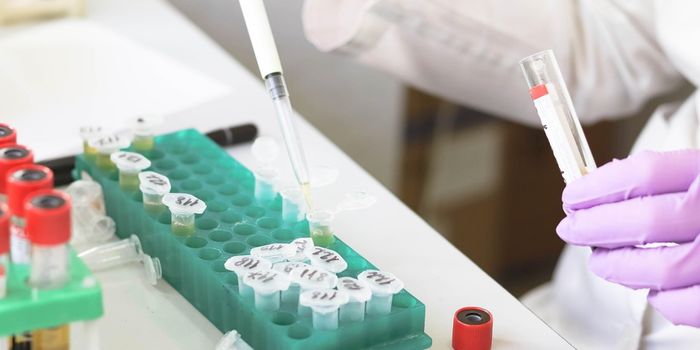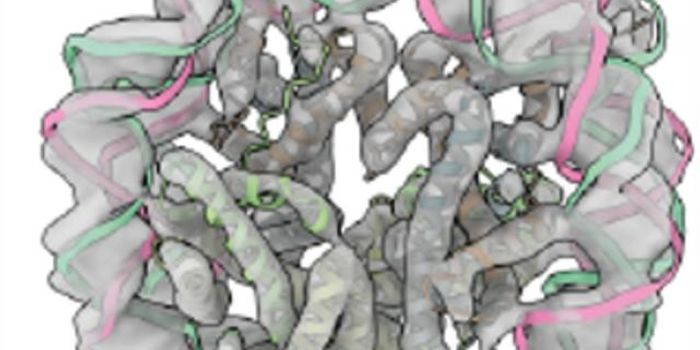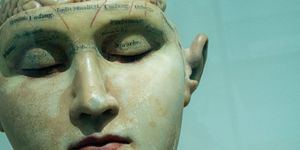The Women Who Identified the Crucial Caps on Chromosomes
Throughout life, it's essential for our bodies to replenish cells that are worn out or damaged. For most cell types, that means replicating the whole genome so it can be distributed to the two new daughter cells. The genome is organized into chromosomes, and researchers have learned that the ends of those chromosomes are protected with caps called telomeres. Those telomeres shorten as we age. In 2009, a trio of researchers was awarded the Nobel Prize in Physiology or Medicine for their work on telomeres. That team included two dedicated researchers, Elizabeth Blackburn, PhD, and Carol Greider, PhD.
Elizabeth H. Blackburn was born in 1948 in Tasmania, Australia. She completed her undergraduate studies at the University of Melbourne and was awarded a PhD from the University of Cambridge, England in 1975. Her postdoctoral studies were done at Yale and the University of California, Berkeley. Since 1990, she has been a professor of biology and physiology at the University of California, San Francisco.
Growing up, Blackburn was inspired by Marie Curie, the only scientist to have won two Nobel prizes. She lived in a house on the beach and was fascinated by marine creatures. She's still investigating questions that relate to many aspects of human health and biology.
Telomeres were analyzed and sequenced by Blackburn in the 70s and 80s. Using a unicellular model organism called Tetrahymena, Blackburn discovered a repetitive sequence at the ends of chromosomes, CCCCAA. In collaboration with Jack Szostak, PhD, it was shown that the CCCCAA sequence was helping to shield chromosomes from damage. We now know of additional mechanisms that protect chromosome integrity, but this research helped show how critical this process was for many different organisms from plants to people; it's an essential part of cell biology.
In 1984, Carol Greider was working as a graduate student in the Blackburn lab, and on Christmas Day, she found that an enzyme was at work in a cell extract. This activity was traced to an enzyme that Greider and Blackburn named telomerase. Their work showed that the telomerase enzyme extends the telomere portion of chromosomes, enabling other enzymes called polymerases to copy the entire genetic sequence of a chromosome without missing the ends.
Carol W. Greider was born in 1961 in San Diego, California. Her undergraduate studies were done at the University of California (UC) in Santa Barbara and in 1987, she received a PhD from UC Berkeley. Her postdoctoral research was done at Cold Spring Harbor Laboratory, and she has been a professor in the department of molecular biology and genetics at Johns Hopkins University School of Medicine since 1997.
Greider's childhood was not easy; her mother died when she was six, and because she dealt with dyslexia, her grades suffered. But she got good at memorization, and overcame her challenges. When she was awarded the Nobel, she brought her kids along because she wanted to highlight the importance of supporting mothers and providing a chance for people to create a positive work-life balance.
The study of telomere biology has opened up since the major discoveries made by Greider, Blackburn, and Szostak. For example, aging has been linked to shortened telomeres, and when the length of telomeres remains consistent, cells won't die. Researchers have also linked some diseases to defects in the function of telomerase, causing cells to be dysfunctional.
The tenacity of these researchers shows that some women have punched through the glass ceiling that remains a barrier for many individuals. On International Women’s Day, March 8, their groundbreaking research can serve as an inspiration and reminder to all of us that might be toiling away on holidays and weekends - the work can pay off in the form of career advancement, personal satisfaction, and professional recognition.
Sources: The Nobel Prize Organization, Cell, Nature









